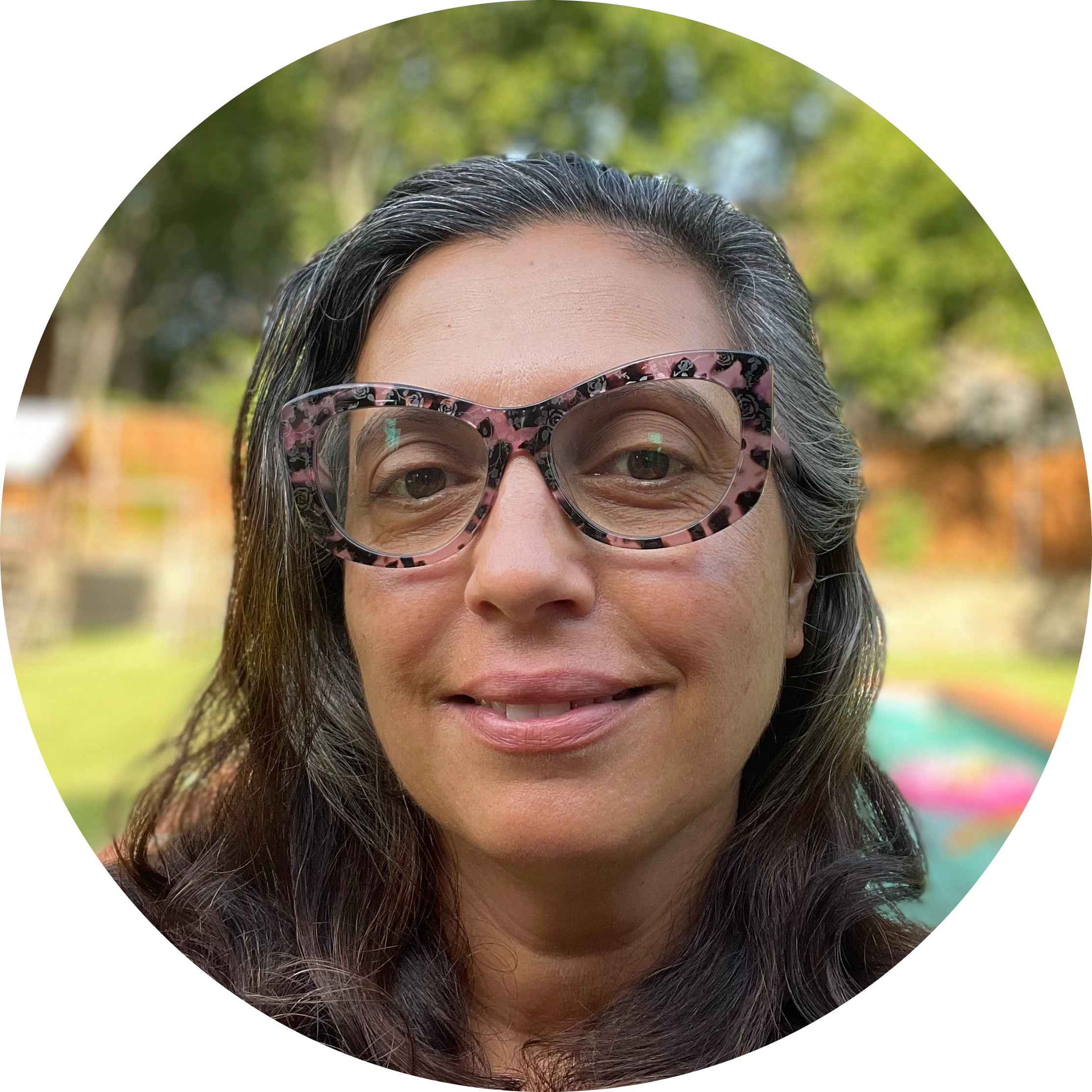For Hebrew-speaking learners ready to build on their reading and writing skills
The course is taught in Hebrew and is intended for Hebrew-speaking
students taking the next step in developing their Hebrew language skills.
Meetings are held once a week for 45–50 minutes, focusing on speaking, listening, reading, and writing — with continued exposure to vocabulary and themes from Israeli culture.
Participants will receive tasks to practice at home to reinforce what was learned in class.
The curriculum was carefully developed and is supported by educational materials from CET (Center for Educational Technology).
Prerequisite:
Students who have acquired knowledge of the Hebrew alphabet in print and punctuation marks, and are able to read and write letters in print.
In this course, we’ll focus on:
Speaking: Students will learn to engage in short conversations, ask and answer basic questions
Writing: Introduction to cursive Hebrew; practicing writing words in script and transitioning from print
Reading & Listening: Reading simple sentences; strengthening reading and listening comprehension
Grammar: Reinforcement of the Alef-Bet (in both print and script), present-tense verbs and conjugations, and simple sentence structure
For students interested in earning high school credits:
High school students may be eligible to earn credit toward their foreign language requirements and receive a WASC-accredited certificate. Credit and certificate options are available for an additional fee. To learn more about WASC, eligibility, and credit requirements, please visit (link to credit page)
Join us to deepen your Hebrew — and connect to the language, one conversation at a time.
לתלמידים דוברי עברית המוכנים להעמיק את כישורי הקריאה והכתיבה
הקורס נועד לקדם את כישורי השפה של התלמידים לשלב הבא.
המפגשים יתקיימו אחת לשבוע במשך 45–50 דקות, עם דגש על דיבור, האזנה, קריאה וכתיבה — לצד המשך חשיפה לאוצר מילים ותכנים מהתרבות הישראלית.
המשתתפים יקבלו משימות לתרגול בבית לצורך הטמעה של הנלמד בשיעור.
התוכנית פותחה בקפידה ומלווה בחומרי למידה של מרכז טכנולוגי חינוכי (מט”ח).
דרישות מקדימות:
הקורס מועבר בעברית ומיועד לתלמידים דוברי עברית שרכשו את הידע באותיות הא’-ב’ בדפוס ובסימני הניקוד, ושמסוגלים לקרוא ולכתוב אותיות בדפוס.
מה נלמד בקורס?
דיבור: ניהול שיחות קצרות, שאילת שאלות ומתן תשובות בסיסיות
כתיבה: התחלת כתיבה בכתב יד; תרגול כתיבת מילים והמעבר מדפוס לכתב
קריאה והאזנה: קריאת משפטים פשוטים; חיזוק הבנת הנקרא והנשמע
דקדוק: חיזוק היכרות עם אותיות בדפוס ובכתב, פעלים בזמן הווה והטייתם, בניית משפטים פשוטים
למעוניינים בקרדיט לתיכון:
תלמידי תיכון המעוניינים לקבל קרדיט לשפה שנייה ותעודת WASC יכולים לעשות זאת בתוספת תשלום. למידע נוסף על דרישות WASC והליכי קבלת הקרדיט, אנא בקרו בעמוד הבא – (לינק לעמוד הקרדיט)
הצטרפו אלינו להעמקת הידע בעברית – שיחה אחת בכל פעם





